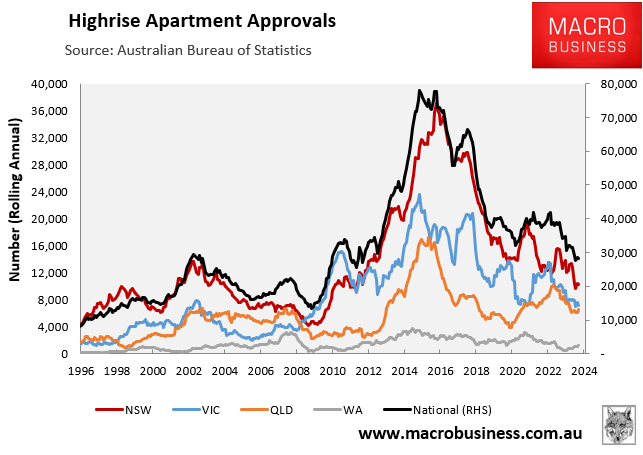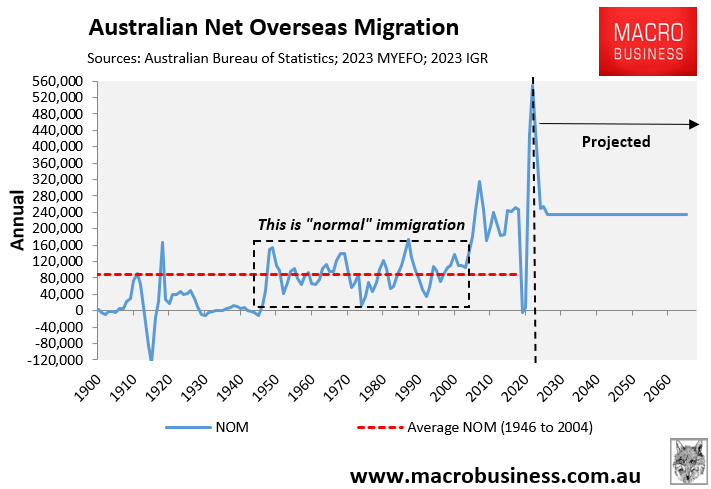Last month, CoreLogic identified 65 markets in Sydney and Melbourne where values were lower than their 2010s record highs.
Despite the lower prices and improved affordability, buyers remain hesitant, which CoreLogic attributed to “the wrong kind of supply”.
CoreLogic said these underperforming markets tended to be “tied to an over-supply of investment-grade units built in the 2010s”.

CoreLogic added that the apartment market “suffered a crisis in confidence after a raft of construction quality issues emerged from recent builds. These included high profile cases like Mascot Towers, and the cracks in Opal Tower in Olympic Park”.
As a result, many buyers “are likely to be wary of defects in these builds, or turned off by the high density and relatively small size of the units”.
This week, 9News reported that apartment prices across some Sydney suburbs have plummeted by up to 20%.
Apartment values in Sydney have dropped an average of 20% (Oct 24). This has made prime time news. Alarm bells ⏰ are ringing. I wonder how it’s going now and if the government will bail everyone out. pic.twitter.com/NjCw9GeGab
— Crashman (@crashm111) November 27, 2024
Domain property editor Alice Stoltz notes that most of the properties experiencing price falls were build during last decade’s “investor boom” and “weren’t built for purpose for what needs are today”.
“These apartments are numerous in number and also quite small and constrained in terms of their footprint”, she said.
“Often they won’t have balconies, decent natural light, and often were built during a period where costs were kept incredibly low”.
“We are not creating the right properties in the right areas where people want them”.
“Often, we are seeing these apartments built in areas where people don’t want to live, or there isn’t enough infrastructure in place”.
“It is a stark reminder to governments that we need ‘fit for purpose’ housing that caters to buyers today and into the future”, Stoltz added.
Sadly, these are exactly the types of apartments that the NSW Productivity and Equality Commission has promoted as the solution to Sydney’s housing crisis.

The last decade’s high-rise apartment boom was an unmitigated disaster, producing thousands of apartments with serious defects.
According to state government analysis, more than half of newly registered buildings since 2016 have had at least one serious defect.
Accelerating the construction of high-rise apartments to meet the federal government’s mass immigration policy will inevitably result in corners being cut, reduced quality, and more defects.
Instead of repeating the same mistakes, the sensible solution is to dramatically slow net overseas migration so that the building industry can prioritise quality over quantity of construction.

Australians do not support a low-quality, high-rise slum future.

